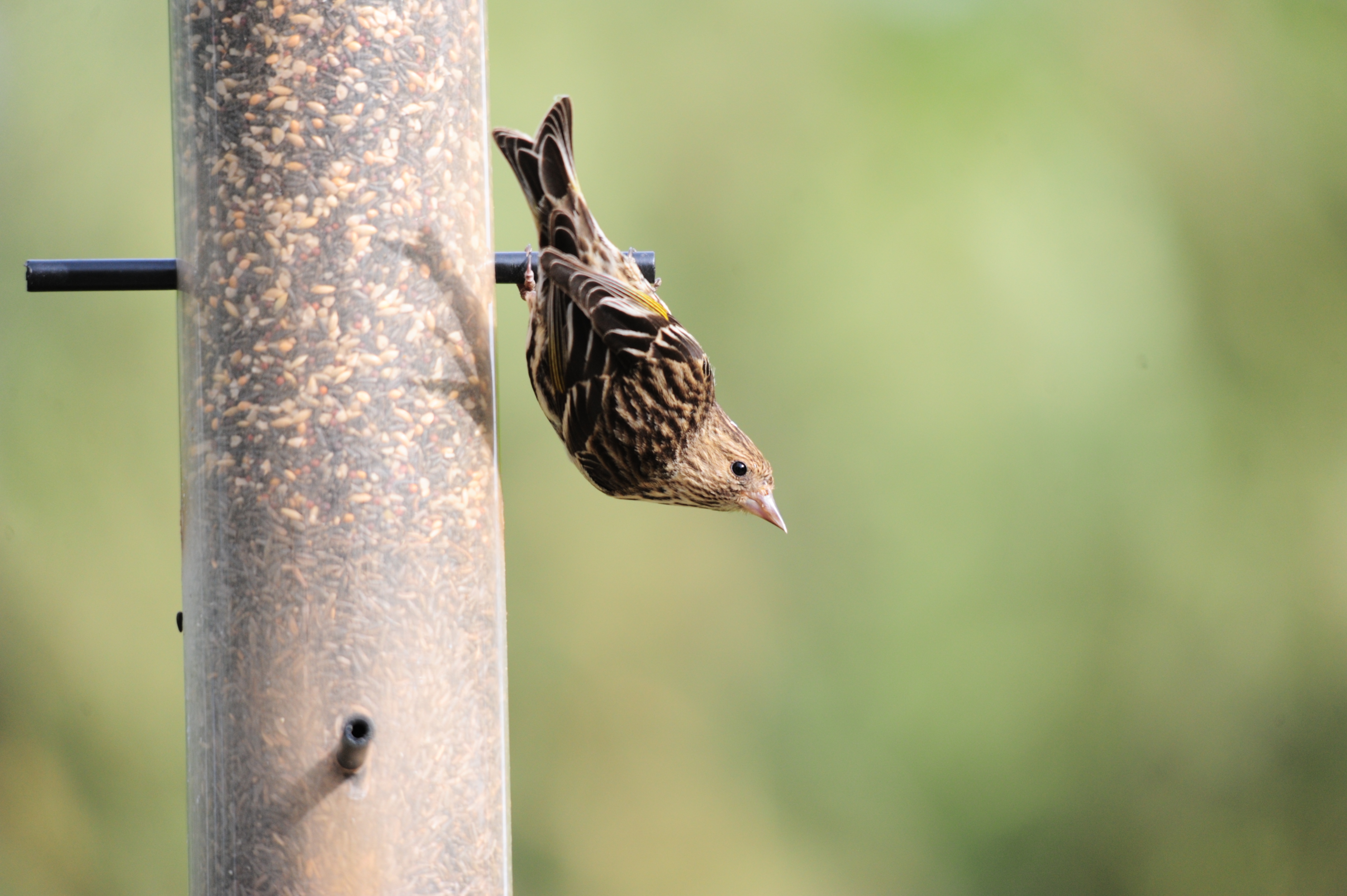(800) 563-7333
May 05, 2022 | Myrna Pearman, Chin Ridge Seeds (en-CA)

This article is part of our "Ask Myrna" Backyard Bird Feeding Series.
The H5N1 subtype of Avian Influenza virus is spreading in Canada. It is causing severe illness and mortality in domestic poultry flocks and has been detected in waterfowl and birds of prey. It is not currently considered a disease threat to songbirds, including species that frequent backyard feeders.
As of April 27, 2022, Environment and Climate Change Canada advises that the use of bird feeders is still safe on properties without domestic poultry. Since the situation is ever-changing, check out their webpage for the latest information and directives. https://www.canada.ca/en/environment-climate-change/services/migratory-game-bird-hunting/avian-influenza-wild-birds.html
To Minimize Risk:
It is also important to keep feeding stations clean by washing them (including the perches) once a week with hot soapy water and/or a diluted bleach solution (1 part bleach to 9 parts water). Air dry them before adding more seed.
Cleaning the area under feeding stations is also important. While many ground-feeding birds, especially migrating native sparrows, prefer to feed on the ground, it is important to rake up the detritus that has accumulated over the winter. To reduce further accumulation, serve sunflower chips or “no mess” mixes containing only shelled seeds.
If you observe sick or dead birds. There is little you can do to help a bird once it has become ill. If feasible, stay with the bird (so it doesn’t disappear) and call your local wildlife rehabilitation centre (see links below). Wildlife rehabbers follow strict protocols that have been provided to them by the Canadian Wildlife Service. If a cat happens to be stalking the sick bird, chase the cat away or put it indoors (cats are serious bird predators so should never be allowed outside).
Never touch a sick bird with your bare hands. If the bird has died, use rubber gloves to place it in a plastic bag. Place it in a second bag and dispose of it with household garbage. If the ill/dead birds are waterfowl or birds of prey, call Alberta Environment and Parks at 310-0000.
Sick and dead birds can also be reported to the Canadian Wildlife Health Cooperative information line at 1-800-567-2033 or by using their online reporting tool.
Be proactive! The most significant contribution that individual landowners can make to supporting and conserving birds and other native wildlife is to provide habitat. High quality habitat (space within which wild creatures can find food, water and shelter) can be offered, even in small yards and gardens. For more details, check out NatureScape Alberta: Creating and Caring for Wildlife Habitat at Home. Now is the perfect time to plan and start transforming your yard into a safe and healthy haven for our wild neighbours!
Wildlife Centres in Alberta:
https://www.albertaspca.org/animal-care/wildlife/
Wildlife Hotline in Saskatchewan:
https://www.savt.ca/2019/09/10...
Resource for Updated Information: https://www.allaboutbirds.org/news/avian-influenza-outbreak-should-you-take-down-your-bird-feeders/
